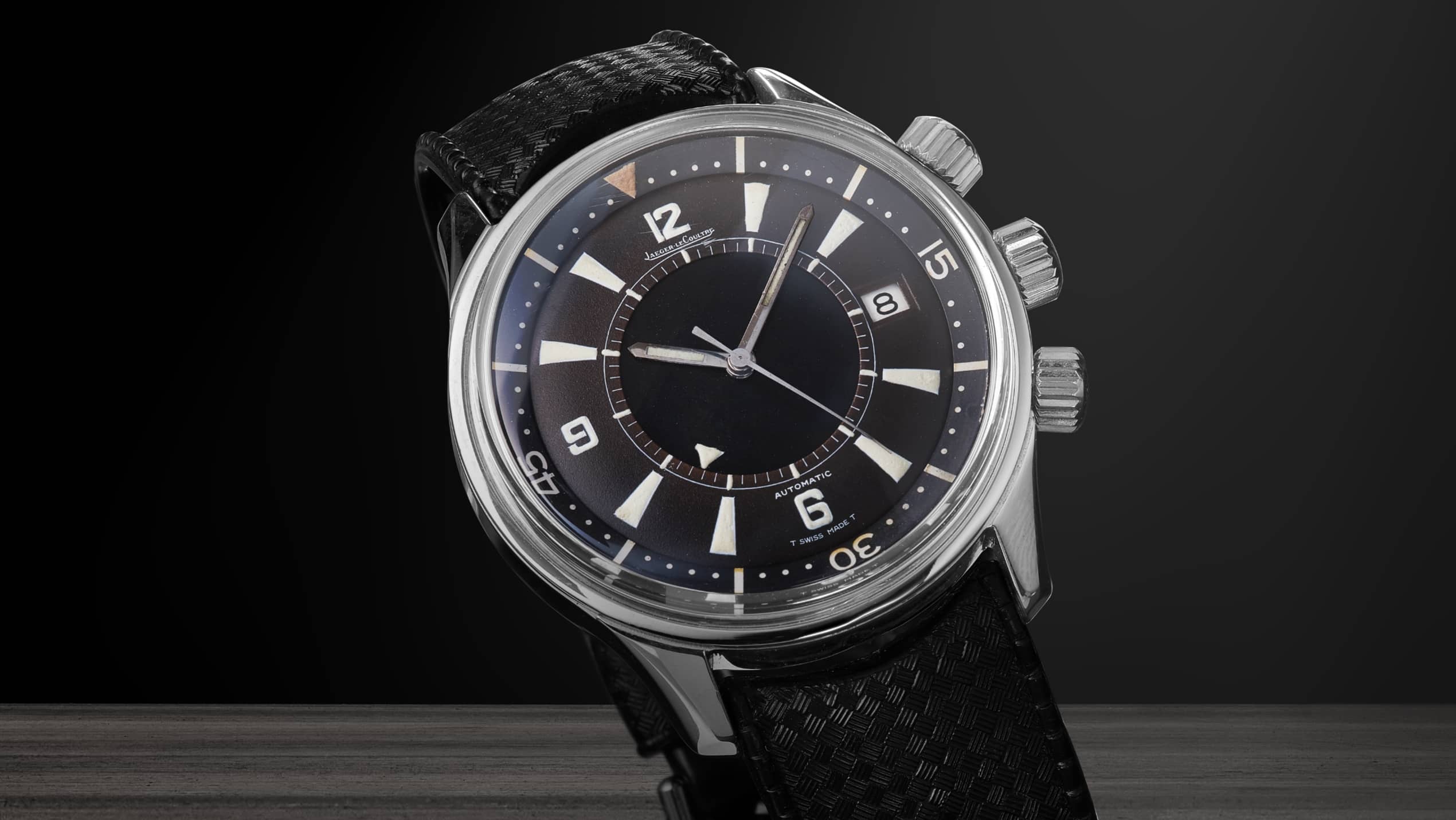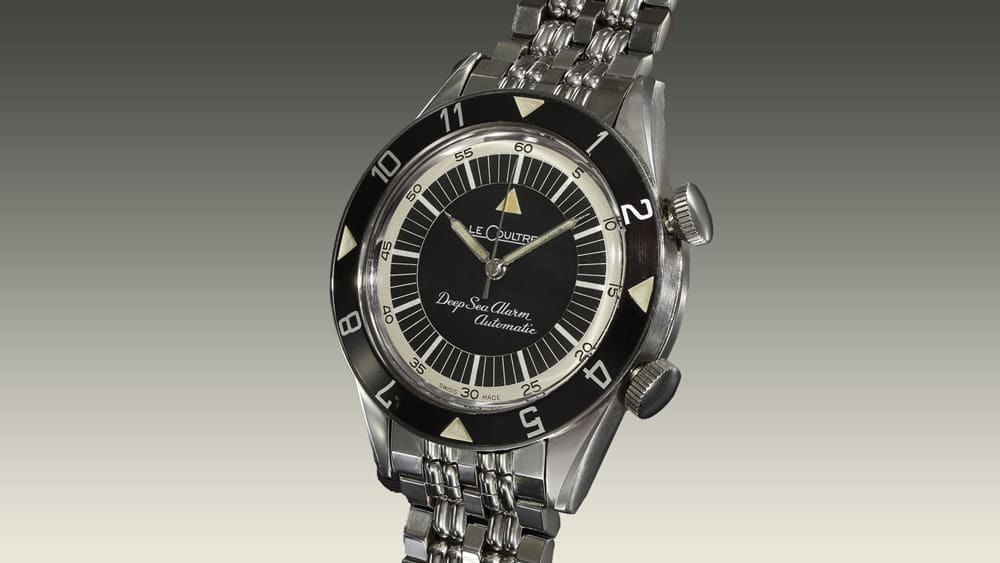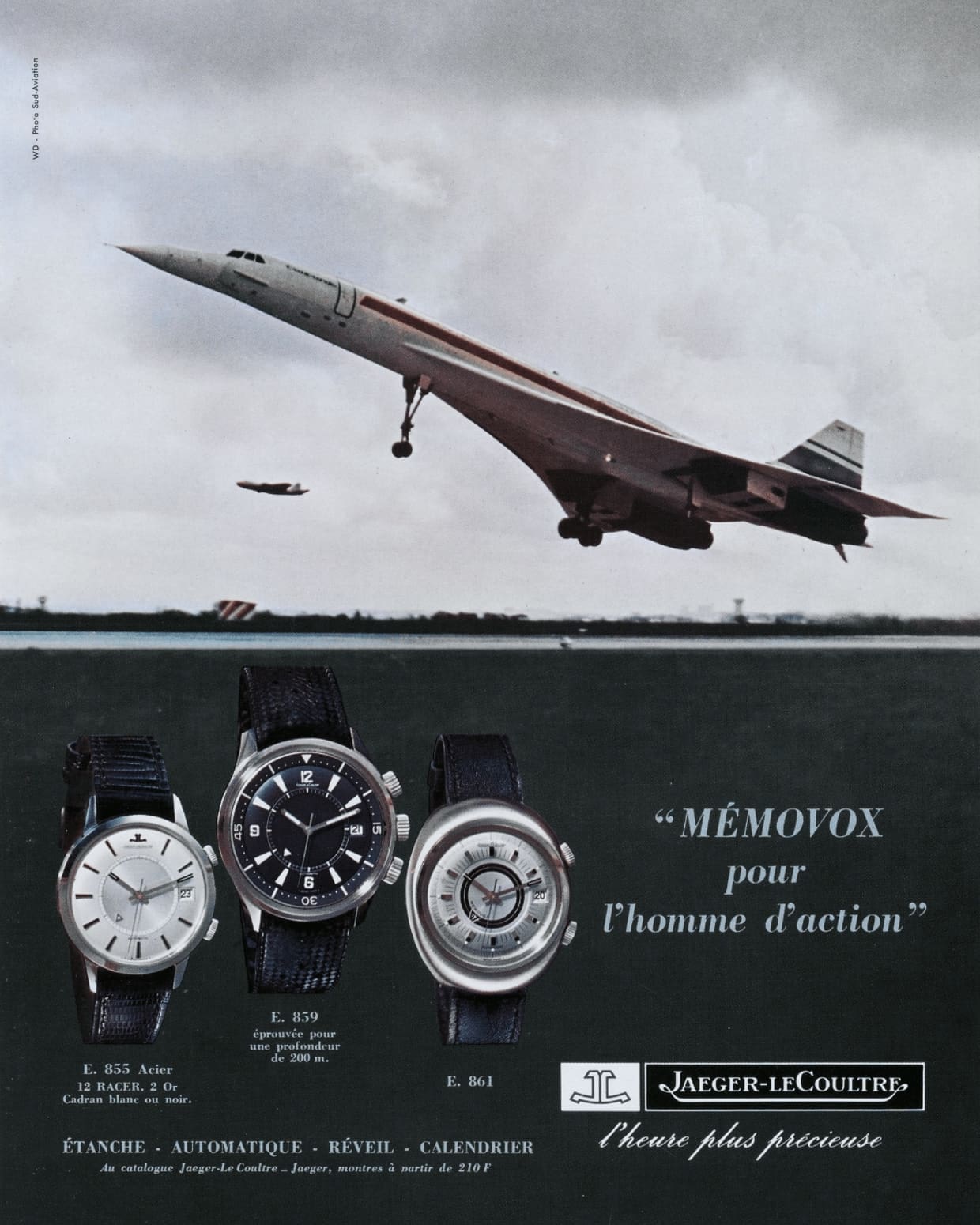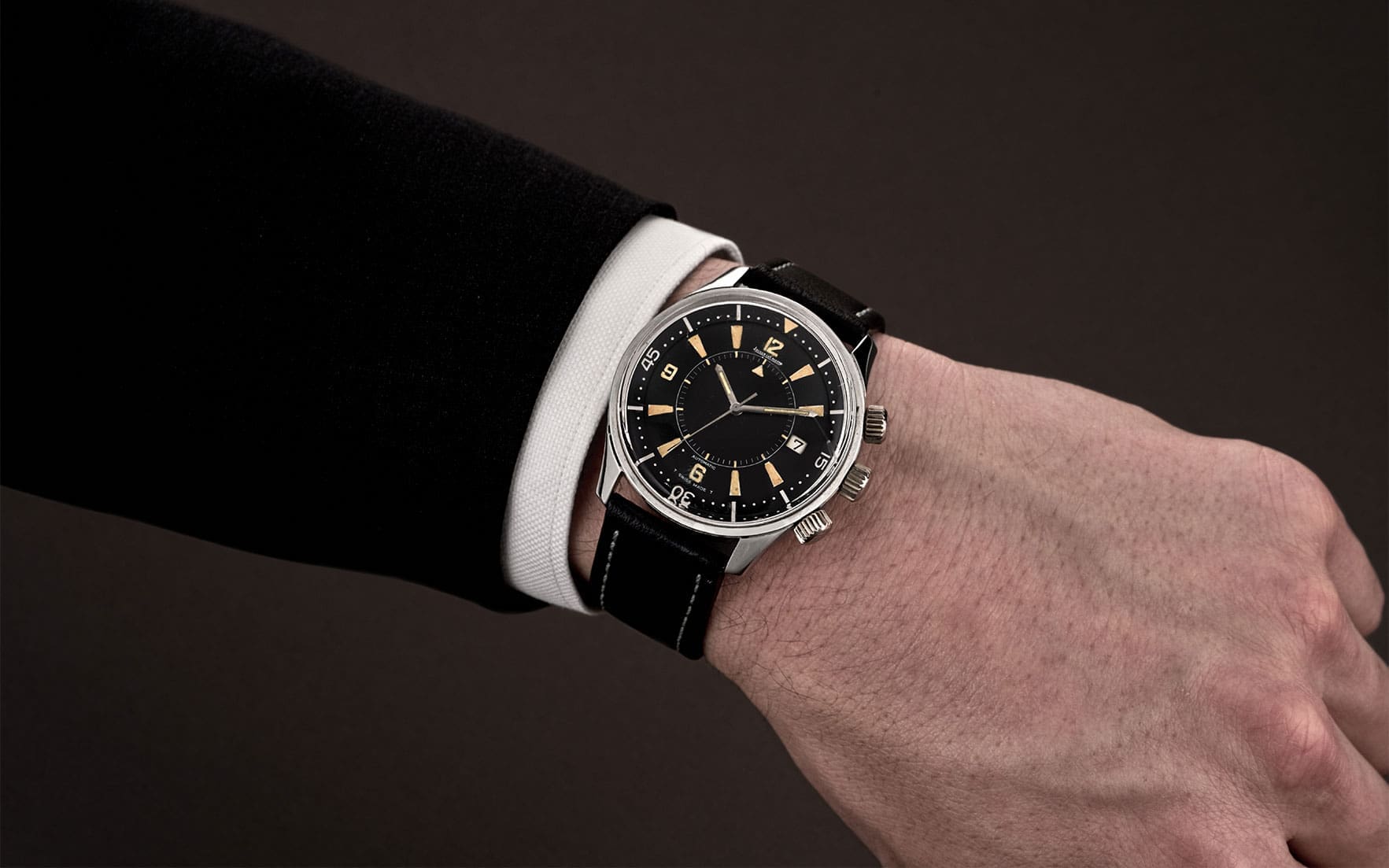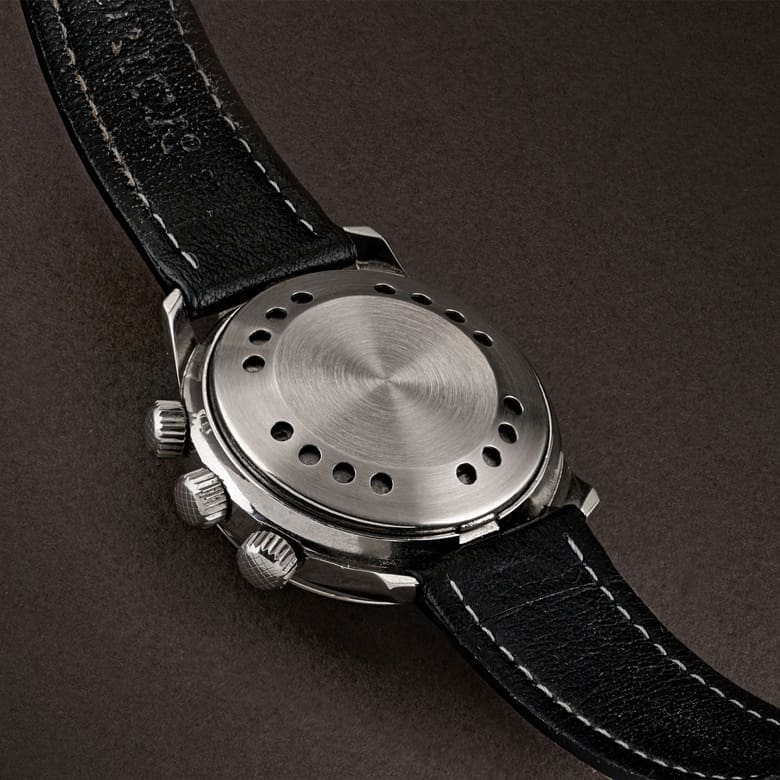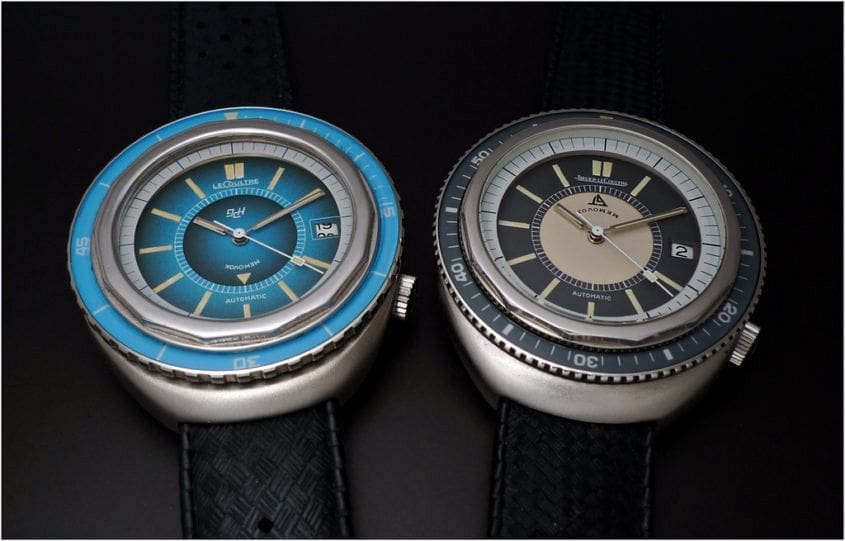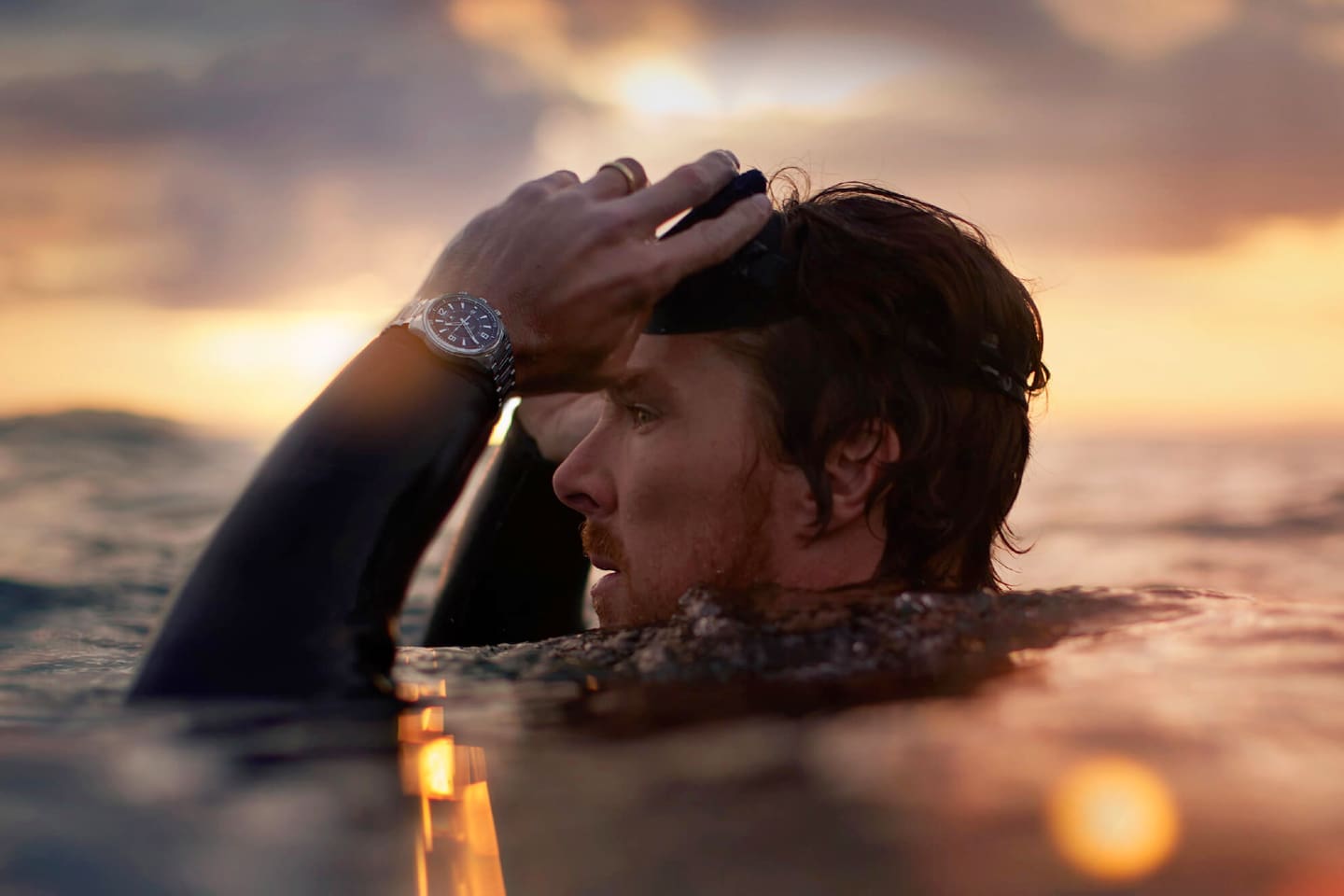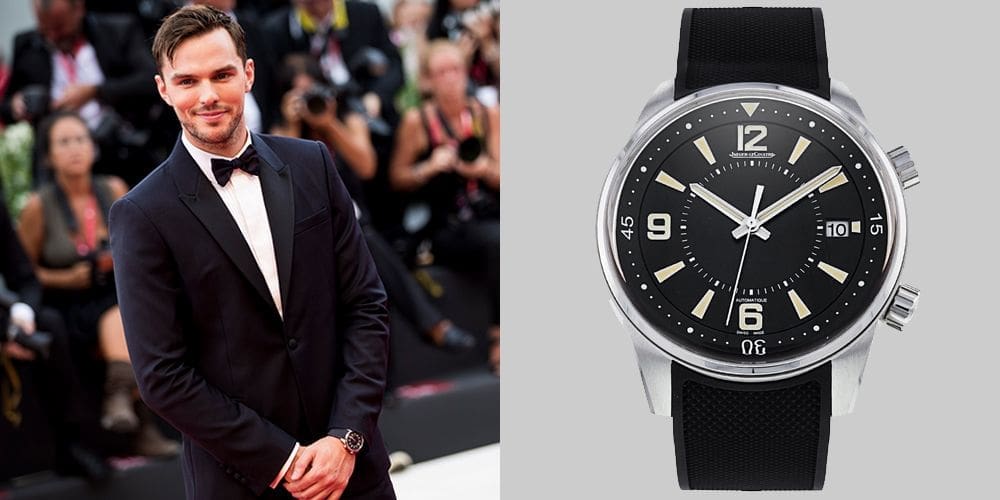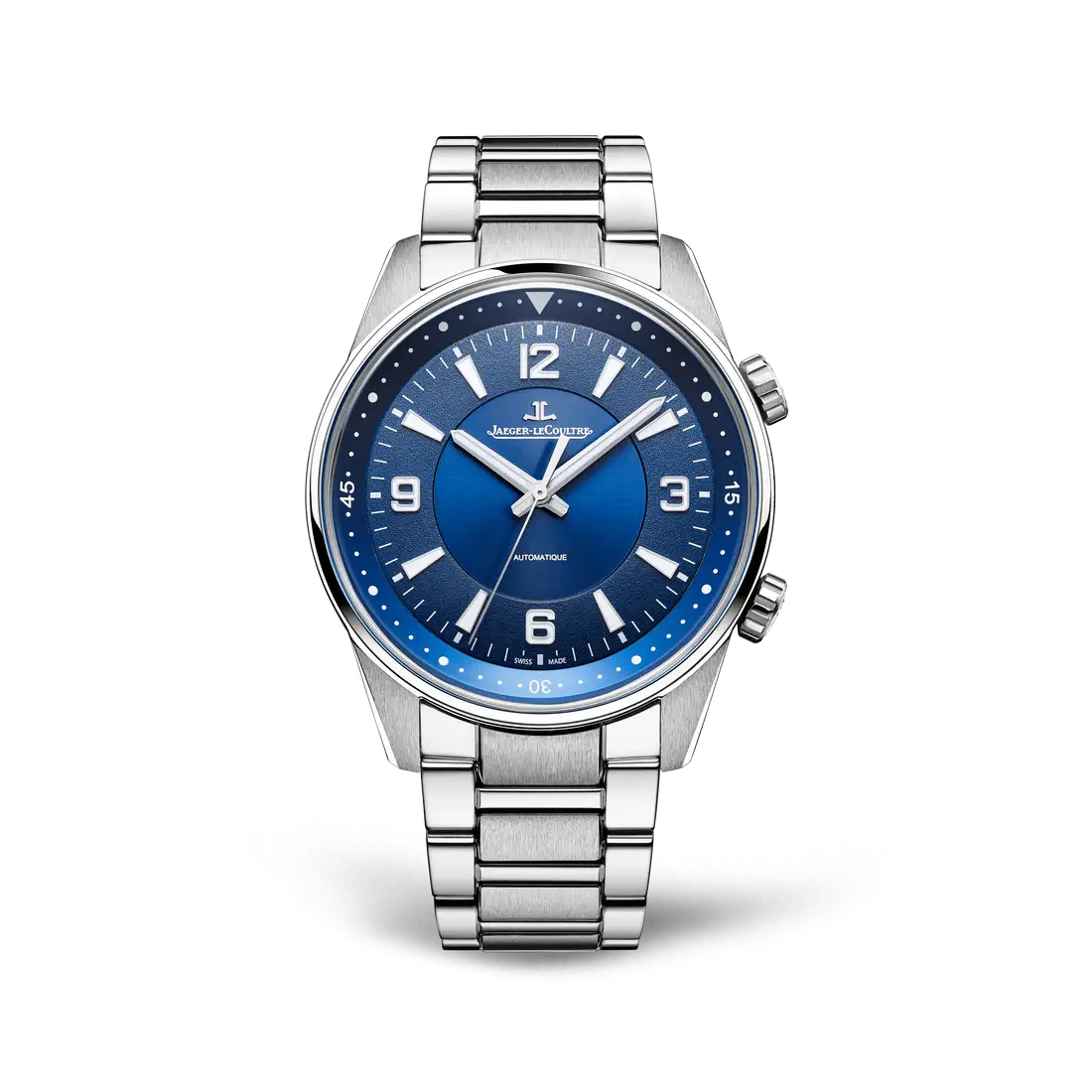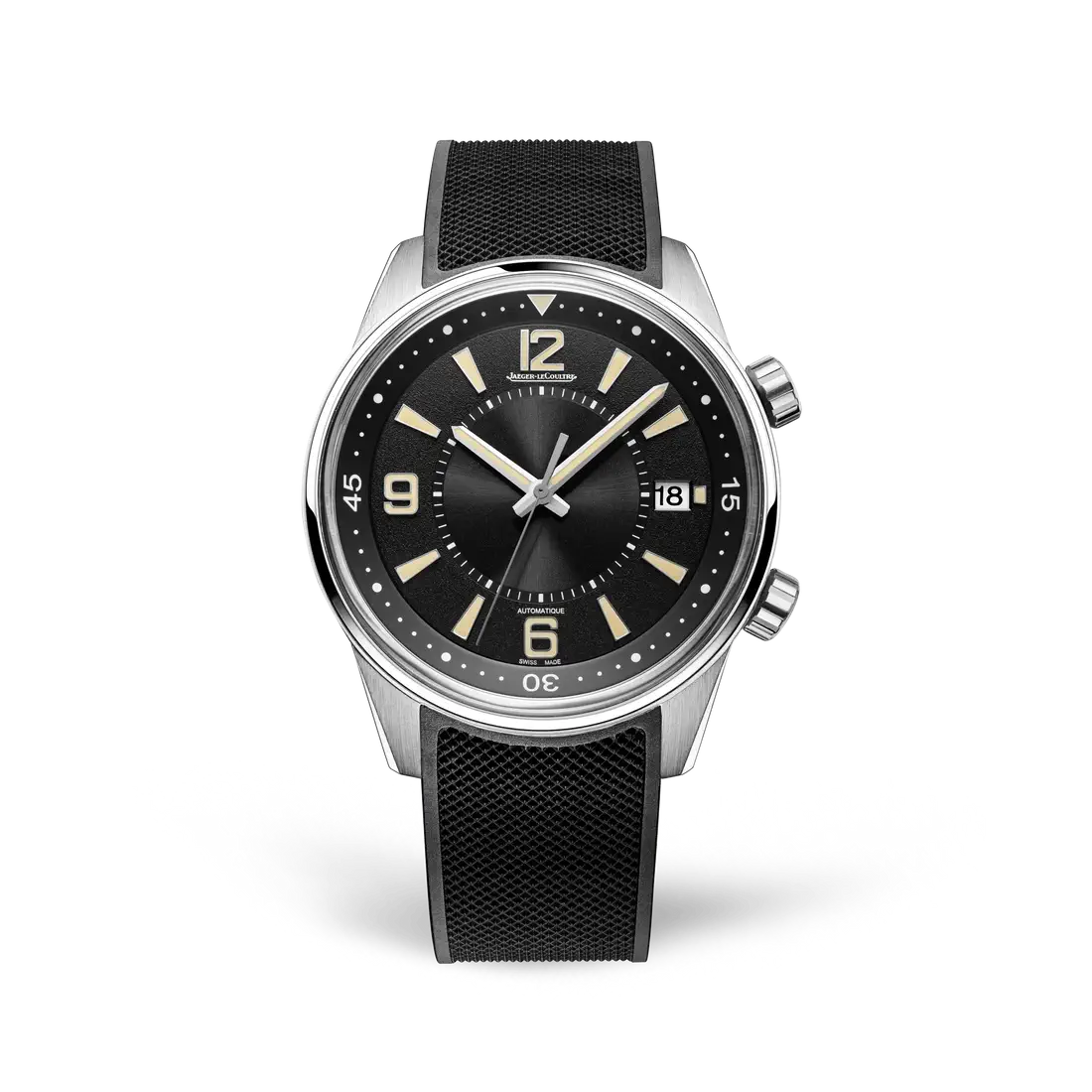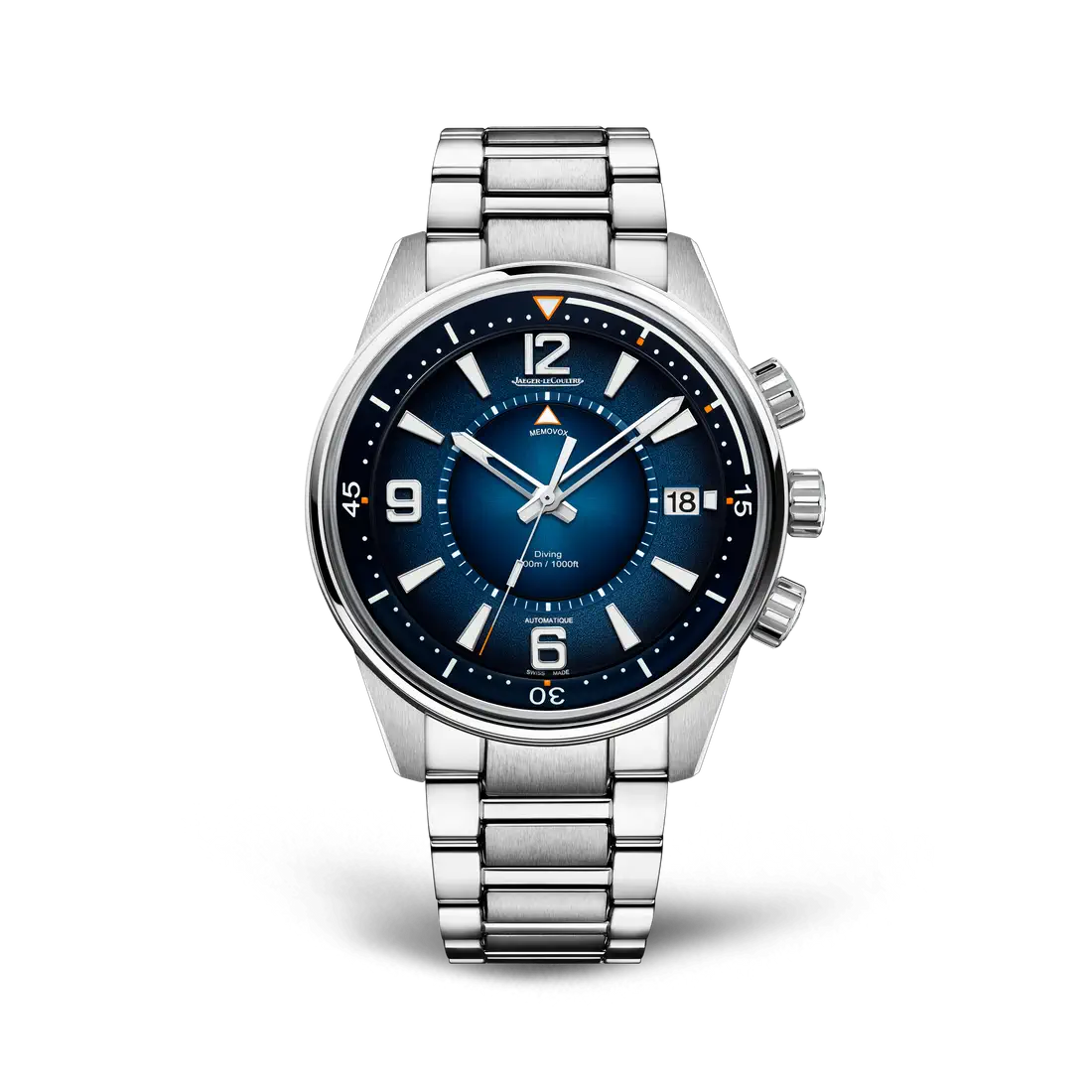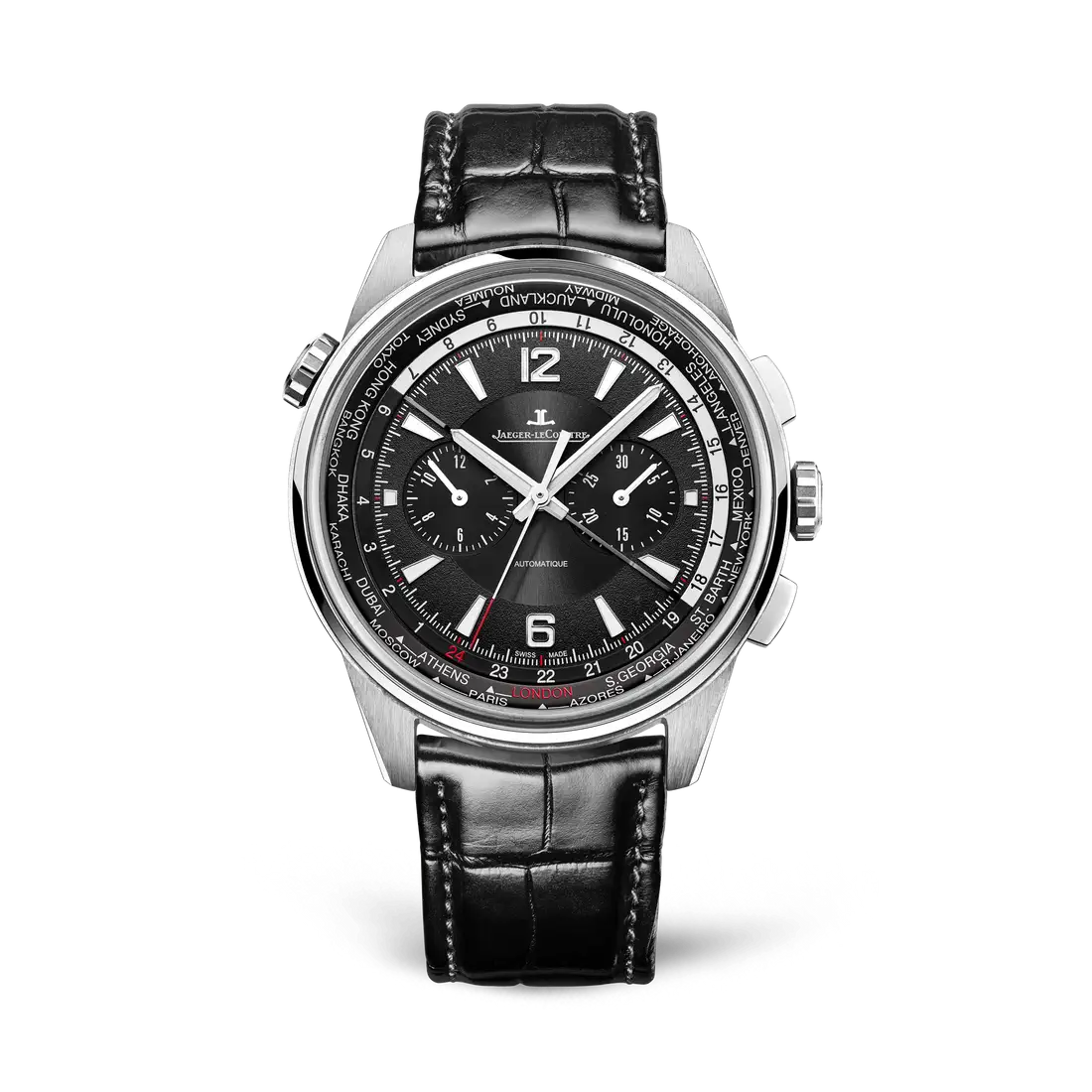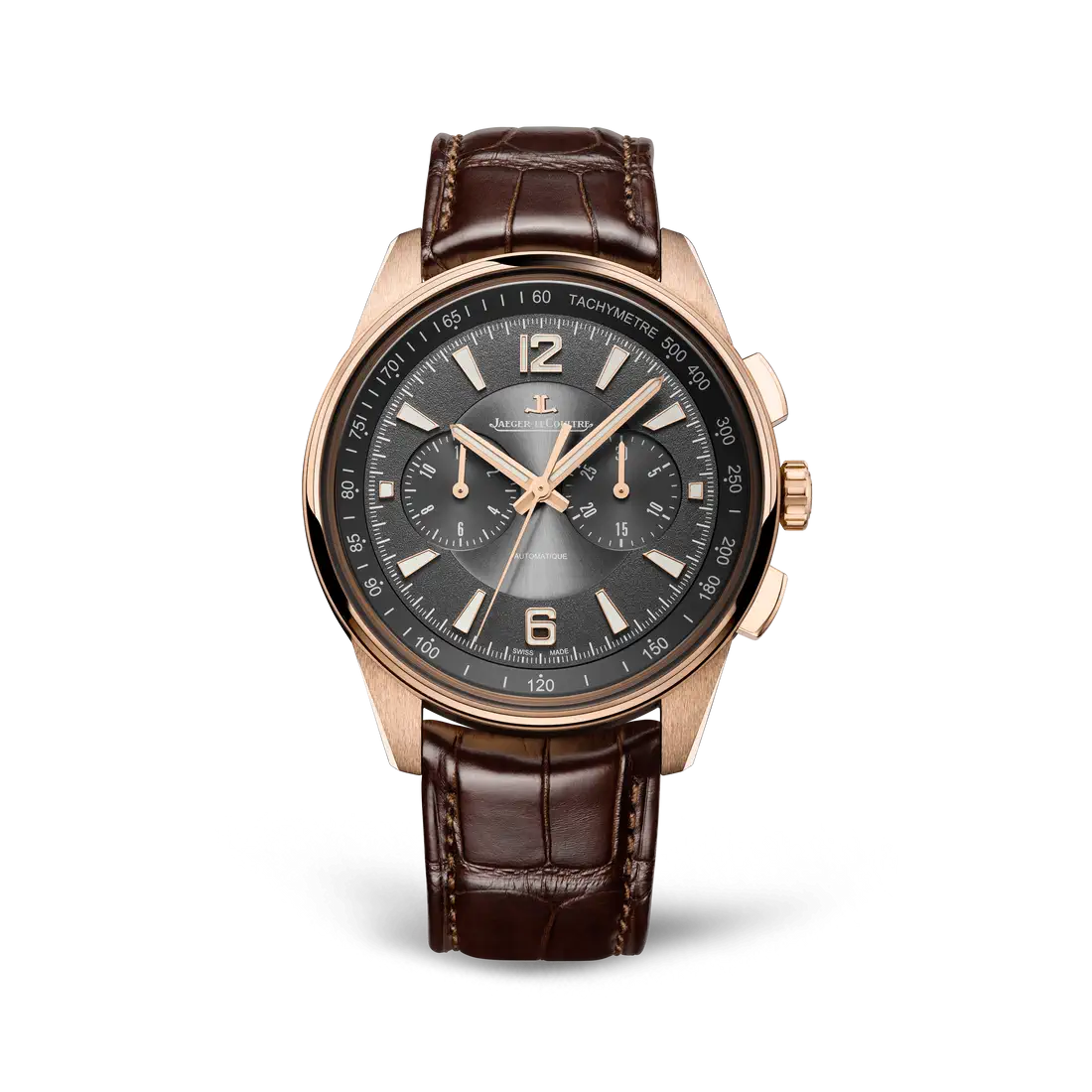The Jaeger-LeCoultre Polaris combines innovation with elegance
D.C. HannayWelcome to The Icons, a series where we take a horological deep dive into the most legendary watches of all time. We’ll delve into the story behind the watch, its evolution over the years, famous (and infamous) wearers, the classic references, and the contemporary versions you should be checking out. This week it’s the Jaeger-LeCoultre Polaris.
Introduction
You’d be forgiven if you thought that Jaeger-LeCoultre was only about their stellar movements, or the case-flipping Reverso watch. True, the Reverso is an icon of design, and their movements are so renowned that they’ve powered countless other brands’ finest timepieces, but there’s much more to JLC. So much more. For instance, one of the most iconic early dive watches ever created, the Polaris. Not only is it among the most elegantly beautiful timepieces of its era, it also happens to be one of the most innovative. Yet despite its aesthetic appeal, in-house movement, and technical advances, the Polaris remains something of an insider’s watch when compared to divers from Rolex, Omega, and Blancpain. But it shouldn’t be. Read on.
Early History
Although the Blancpain Fifty Fathoms and the Rolex Submariner were first to market with specialised dive watches, Jaeger-LeCoultre made a splash when they introduced the Memovox Deep Sea Alarm in 1959. JLC had already introduced the Memovox in earlier land-bound versions, but this was something completely new. And although it seems counterintuitive that a vibrating alarm function would be useful underwater, in fact, the opposite is true. Soundwaves travel much further undersea than they do on land. Whales and dolphins communicate sonically over many miles, and the Deep Sea Alarm uses this to its advantage. Not only could divers calculate their underwater time with the external timing bezel (controlled with a second crown), they could also rely on the sound and vibration of the alarm function for a second reference, letting them know it was time to begin their ascent to the surface. The Deep Sea Alarm was revolutionary, and is super rare to boot, with just over 1000 pieces made, which command stratospheric prices among collectors today. It’s so important to Jaeger-LeCoultre’s history, it was reissued in a faithful limited edition in 2011. And it was the genesis of the watch that became the Polaris.
Rise To Fame
The Polaris name was first used in 1963, with a 42mm compressor case that was water-resistant to 200 metres, and it featured an internal timing bezel. It became known a few years later as the Polaris Memovox, and in contrast to the standard 38mm Memovox, it was marketed toward the “man of action”. It was a super compressor design, much like the Longines Skin Diver, but with a notable difference: a mechanical alarm.
The new watch utilised three crowns: For time-setting, controlling the bezel and setting the alarm. And although it was a larger watch at 42mm, it retained a sleek, handsome profile. These early versions were not produced in large numbers. By 1968, the Polaris Memovox’s dial was redesigned to feature the trapezoidal markers that are now part of its signature look.
The caseback featured a unique three-piece construction designed to amplify the sound of the alarm.
By the 1970s, the iconic Polaris Memovox was usurped by the redesigned “lugless” Polaris II, a handsome watch in its own right, perfectly in step with the fashion of the day.
But the quartz revolution was just around the corner, and the market for a mechanical alarm watch dwindled. It wasn’t until 2008 that Jaeger-LeCoultre saw fit to reissue a faithful version of the Polaris, just as the vintage market was beginning to really heat up. Flash forward to 2018, and JLC’s relaunch of the Polaris line, which finally brought the luminary diver roaring back to life. Today, the Polaris is a shining star of the Jaeger-LeCoultre brand, with a range of models that continue to grow the legend of this innovative, iconic timepiece.
Famous Wearers
Sherlock and Doctor Strange actor Benedict Cumberbatch is a JLC ambassador, and gets the pick of the litter when it comes to new references, including the modern Polaris.
Another Marvel universe star (and famous for his turn as F1 legend Niki Lauda in Rush), Daniel Brühl is also a friend of the brand, and here sports a Polaris Automatic (sans alarm) at a JLC event.
Mad Max: Fury Road and X-Men star Nicholas Hoult is another ambassador who gets prime wrist time with the Polaris.
Favourite Models
The Polaris has evolved from a deceptively simple, yet elegant tool watch to a true luxury play. Here are some of my favourites from the current lineup.
This beautiful blue-dialled version in stainless recalls the tranquil deep of the sea. It’s a vision of symmetry that loses the date and alarm, but keeps the internal timing bezel. It’s also a bit smaller, at 41mm, making it the ideal daily wearer.
At 42mm, the Polaris Date nails the look of the original, with the date at 3 and just a hint of fauxtina in the more refined black opalin modern dial. Good for 200 metres of water resistance, it’s truly dive-ready on its premium rubber strap.
If you’re looking for the full mechanical alarm experience, the Polaris Mariner Memovox has got it going on. The 42mm case is watertight to 300 metres, the lovely blue fume dial’s handset and applied indices are fully lumed, and the Caliber 956 movement is good for 44 hours, and fully visible through the sapphire caseback.
Something of a jetsetter? The 44mm titanium Polaris Chronograph Worldtime is just the ticket. Its sizable case is somewhat mitigated by the lightweight titanium construction, and the 37-jewel 65-hour Caliber 752 movement is gorgeous to behold.
For an added touch of luxe, you won’t do better than the Polaris Chronograph in Pink Gold. The 42mm case is pitch-perfect for a precious metal chrono, and that charcoal grey sunray dial with applied gold indices is to die for. It’s absolutely stunning, as is the meticulously finished movement through the sapphire caseback.




